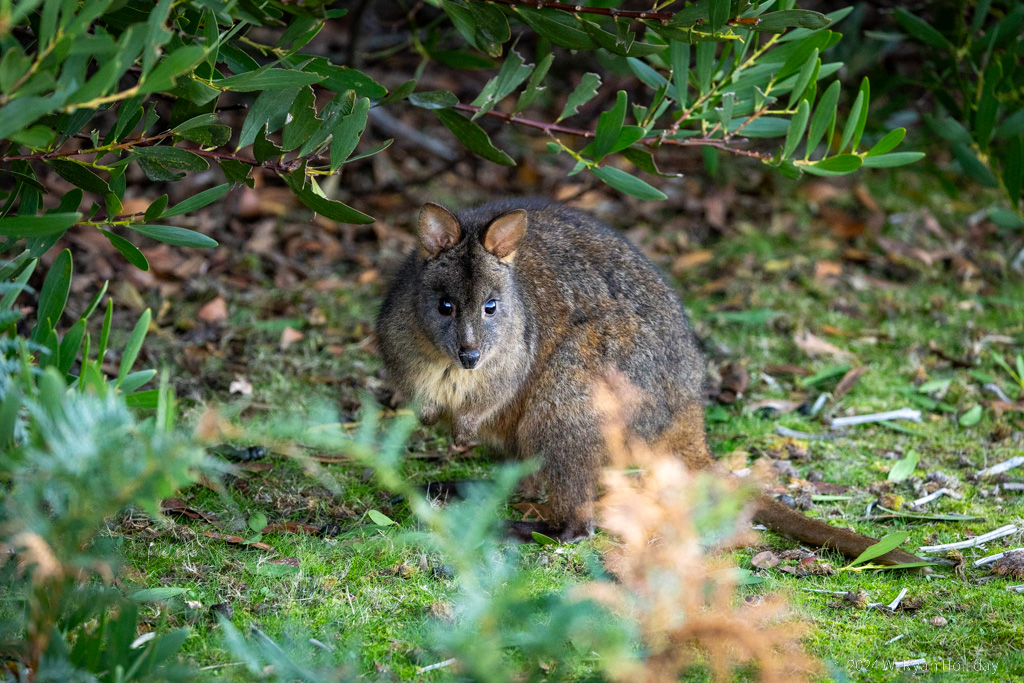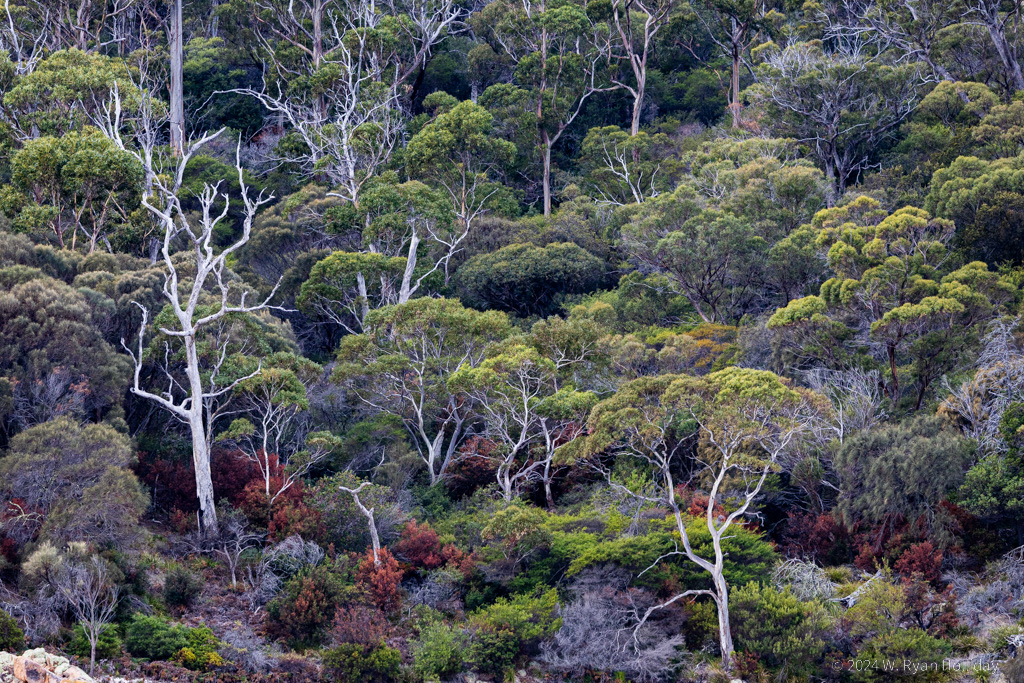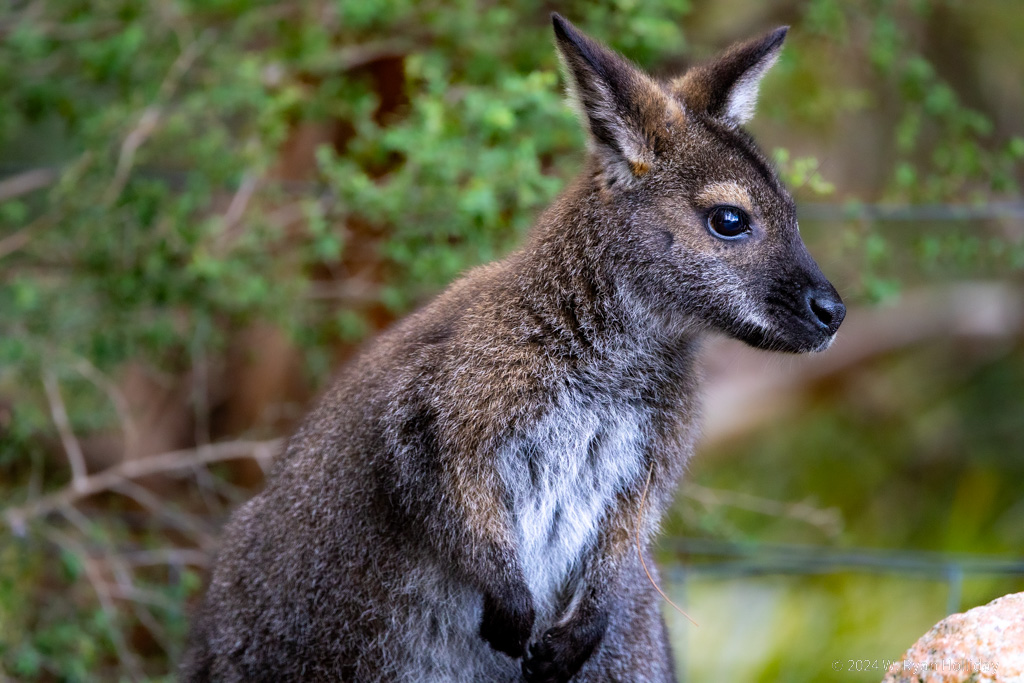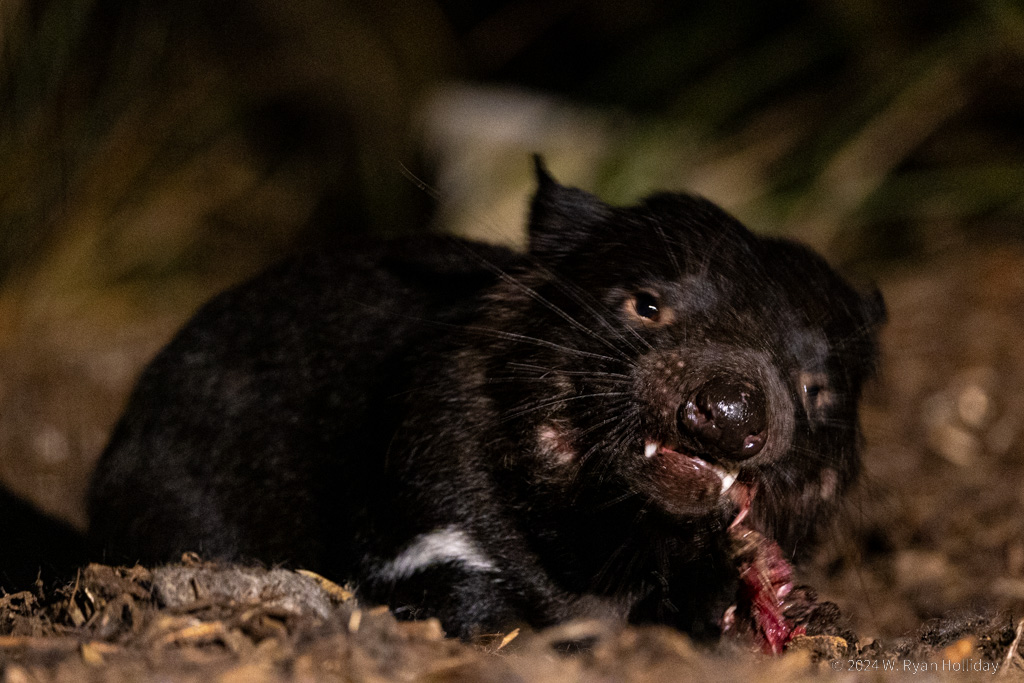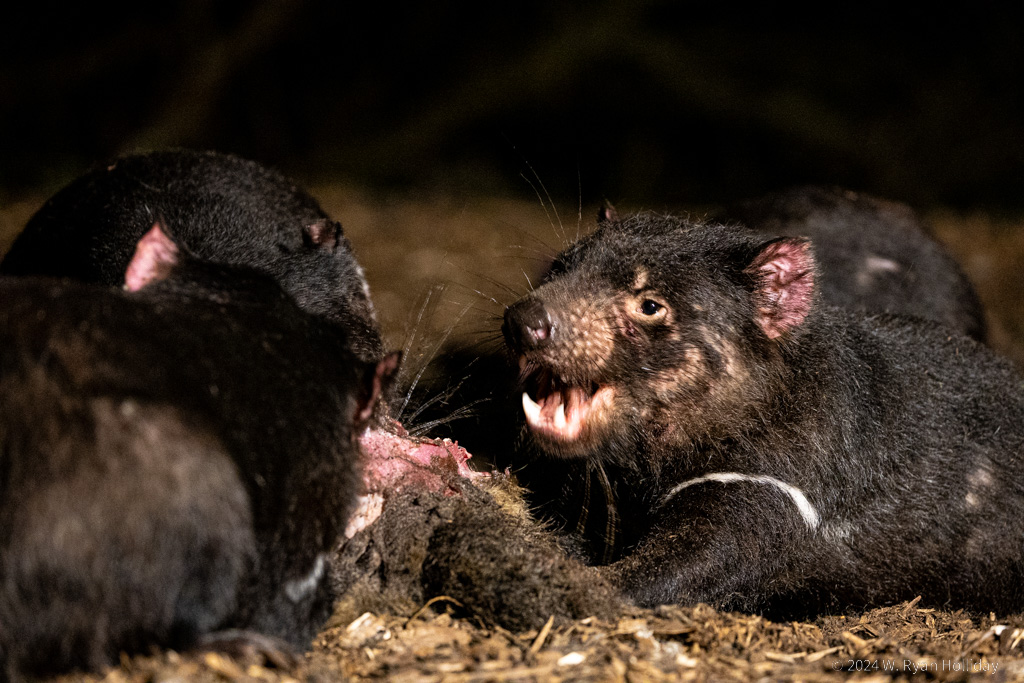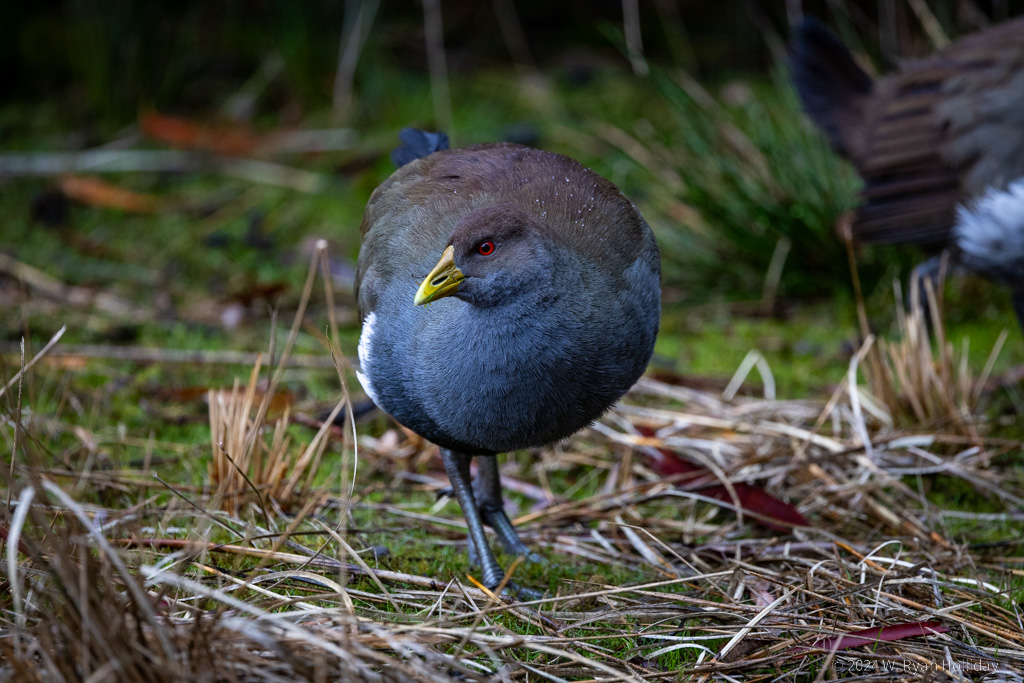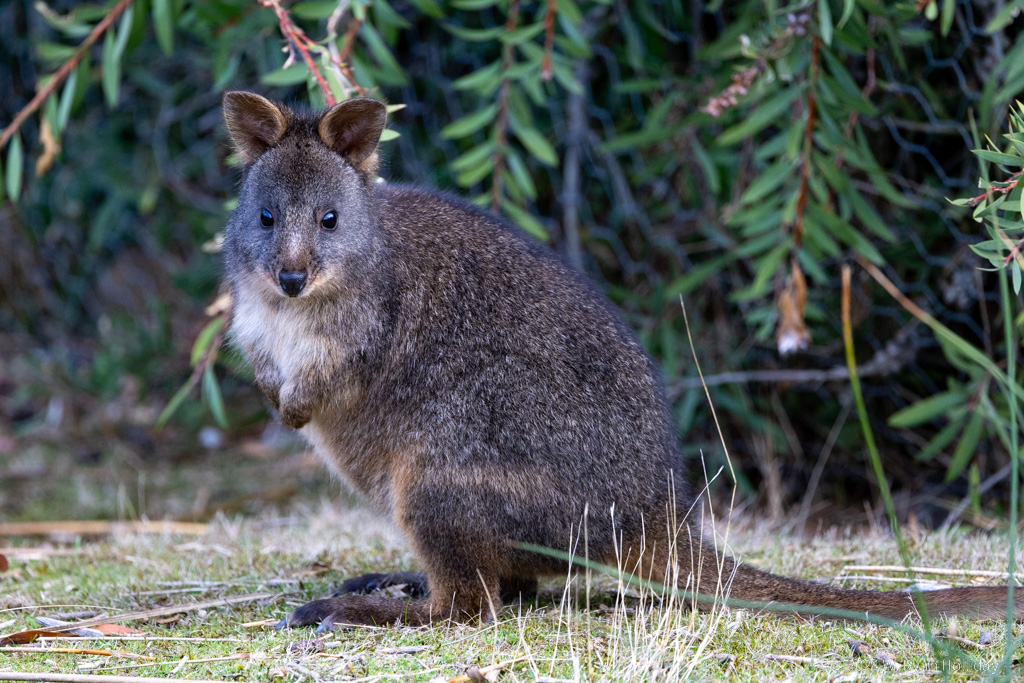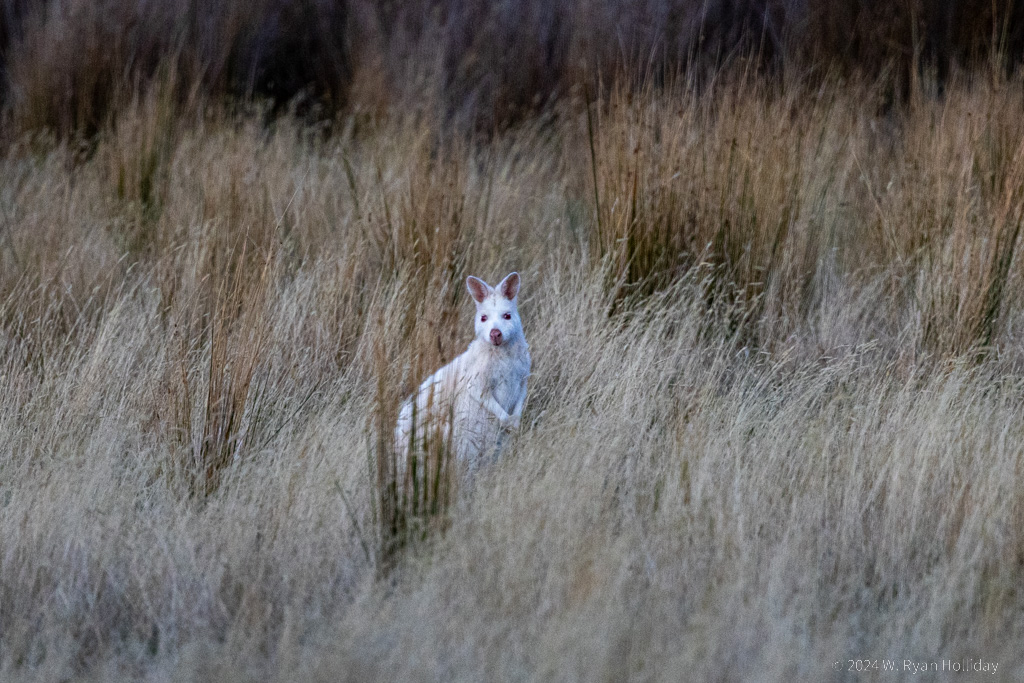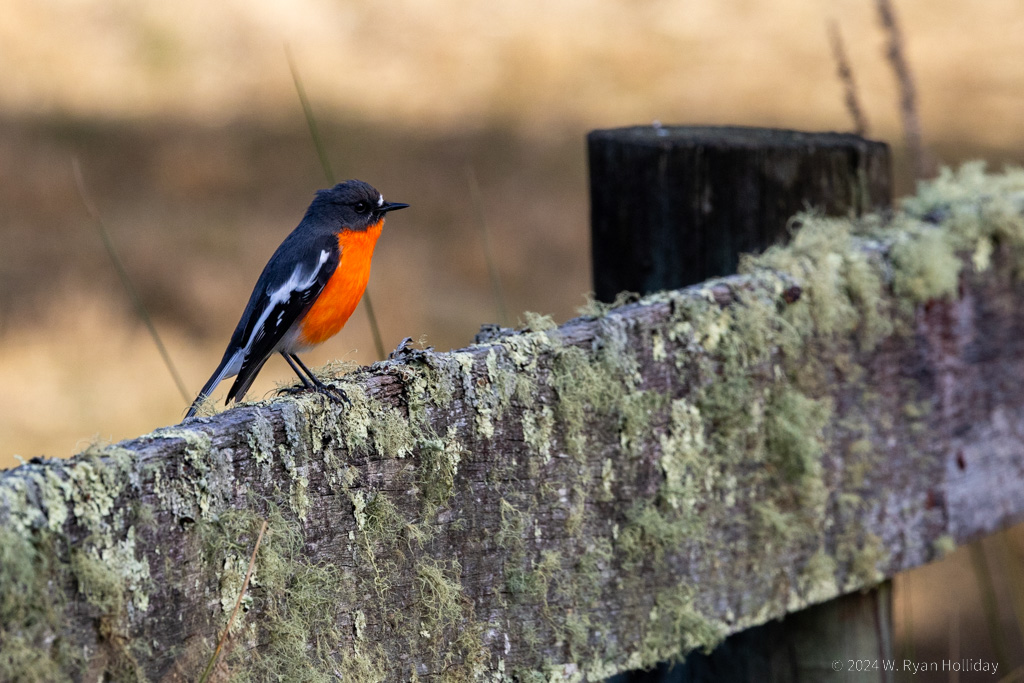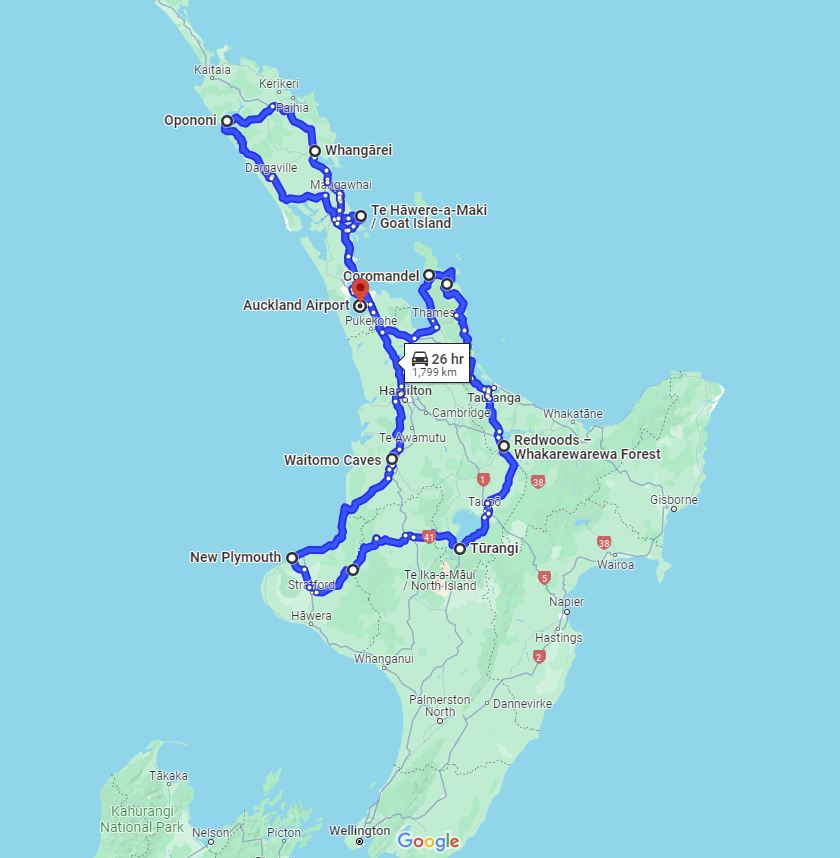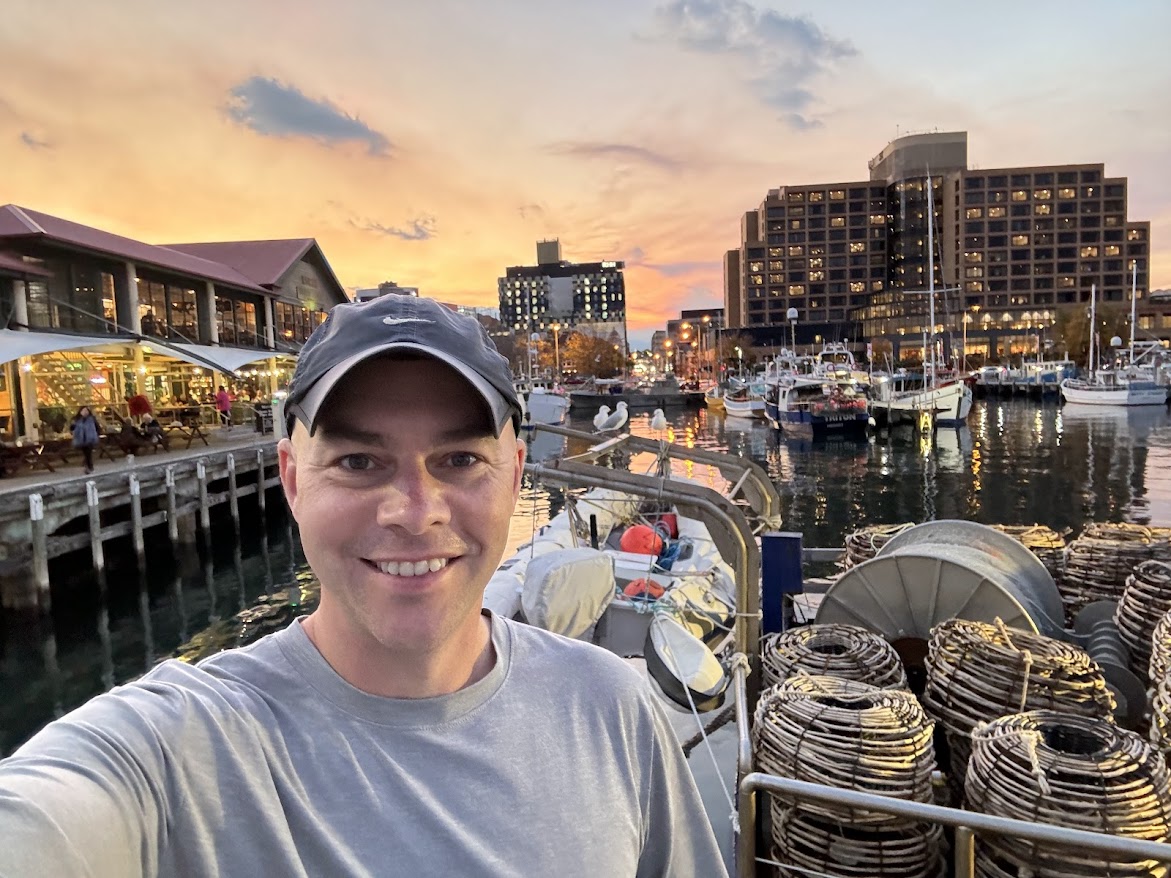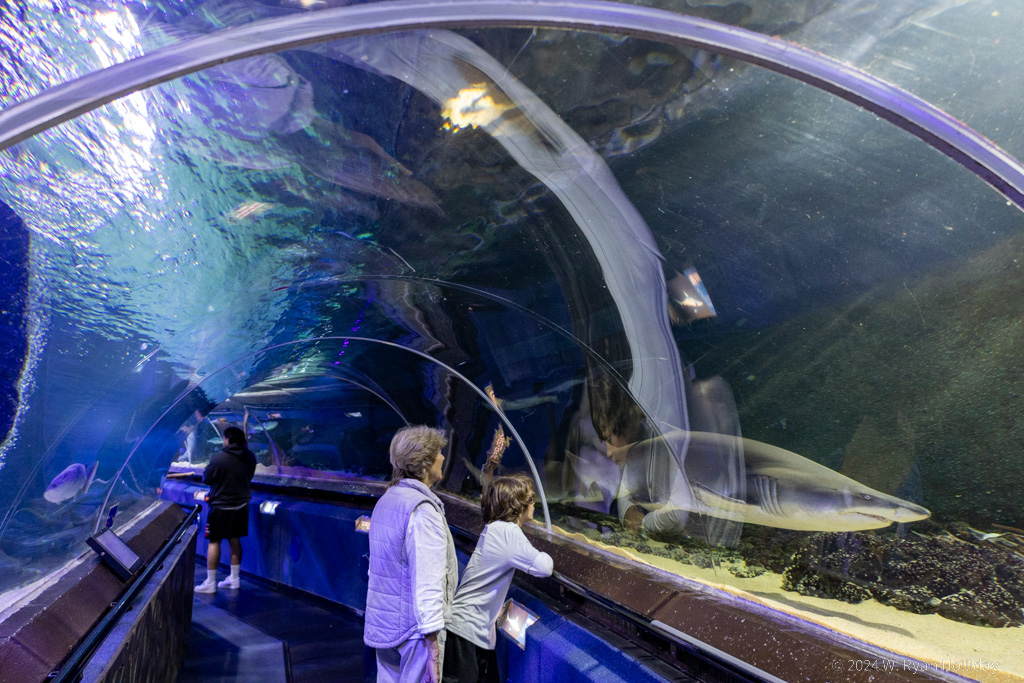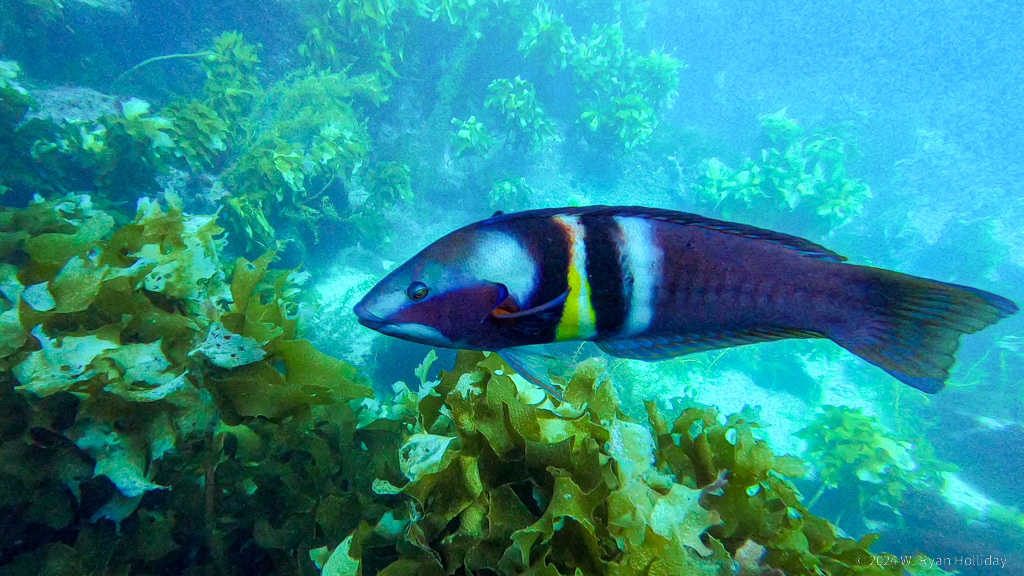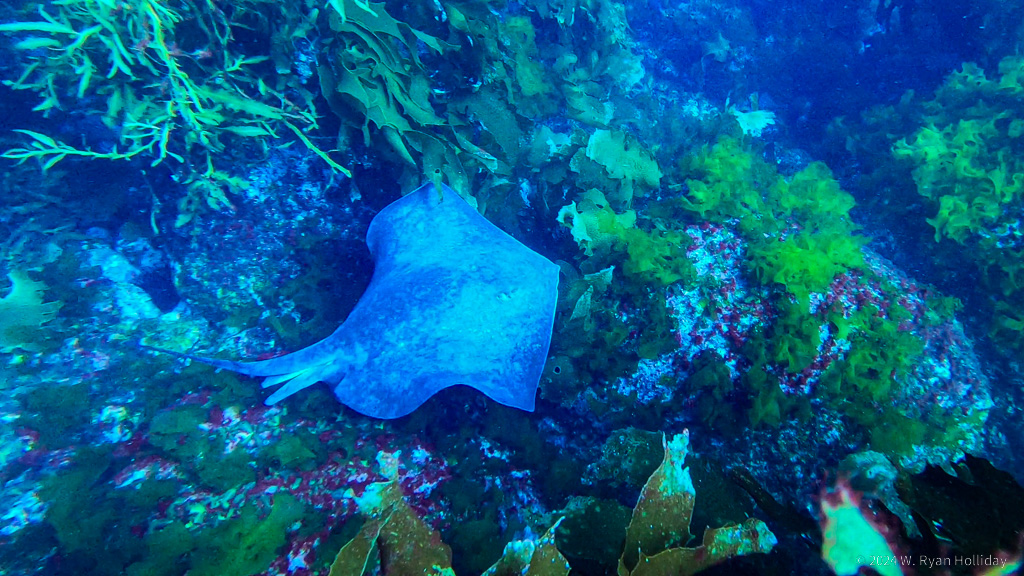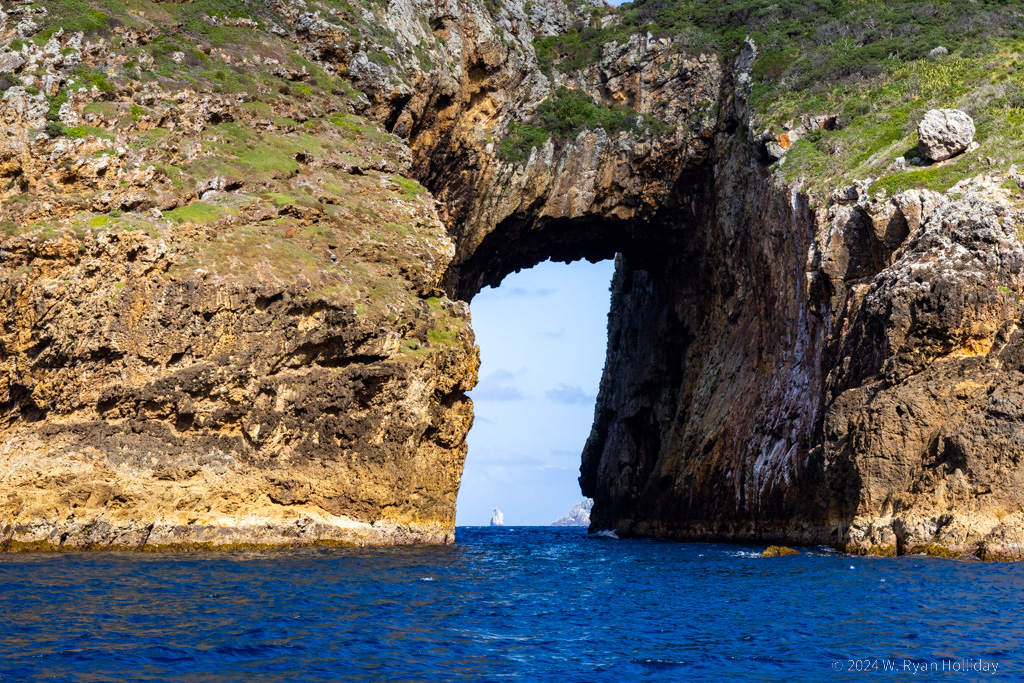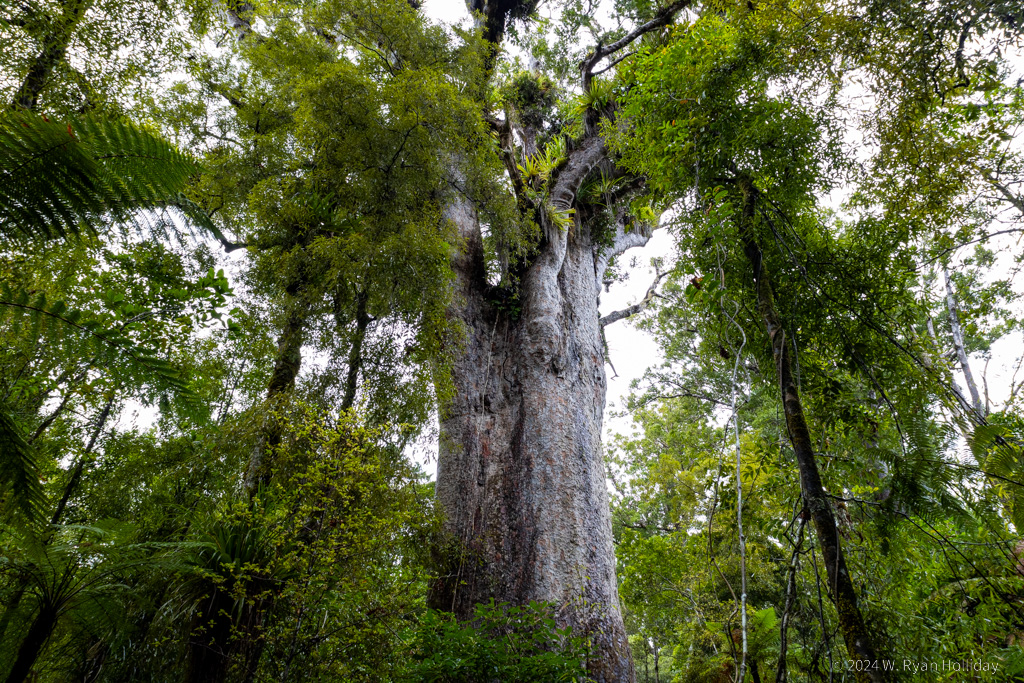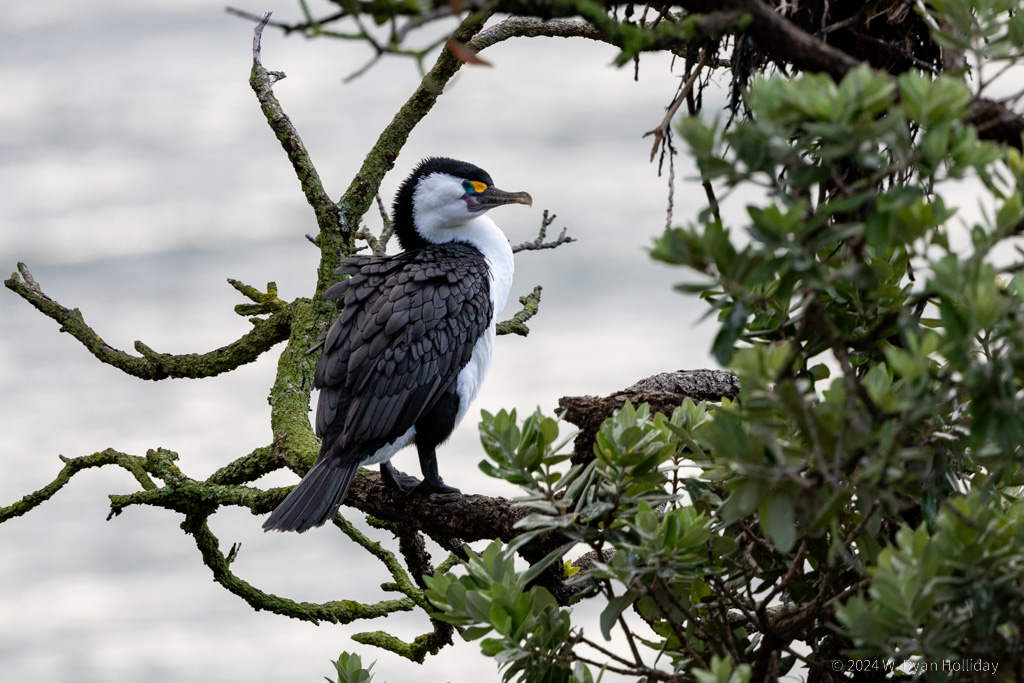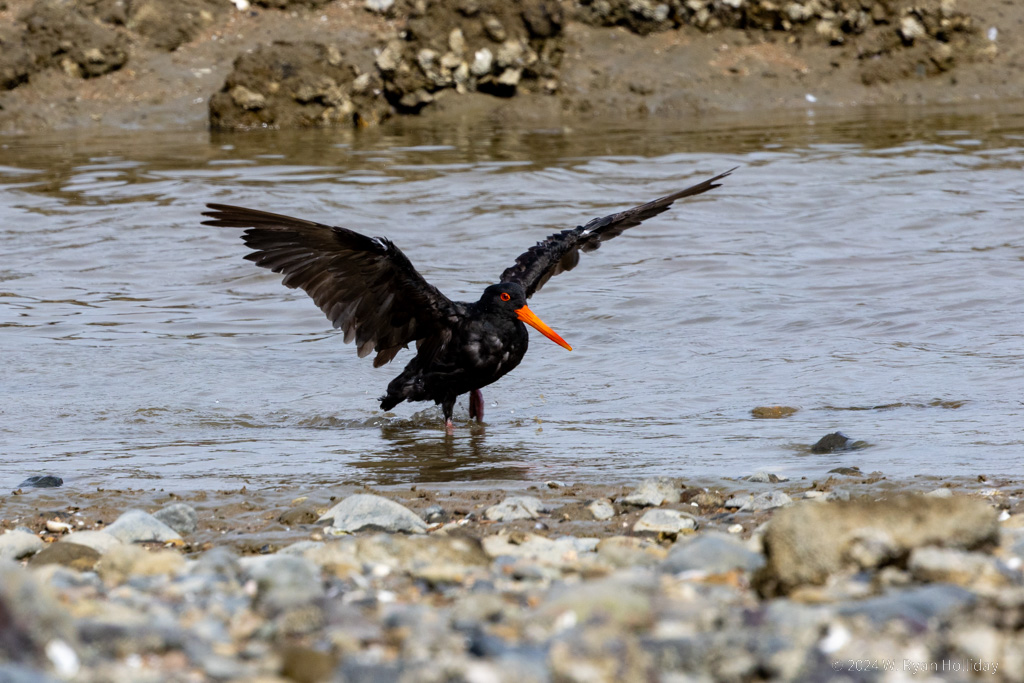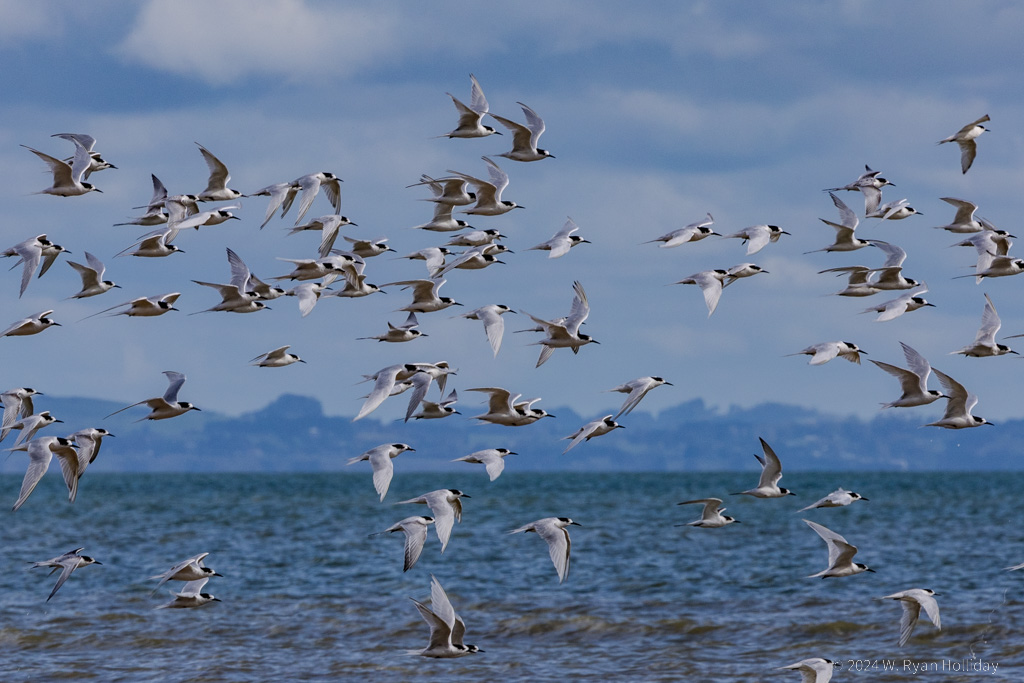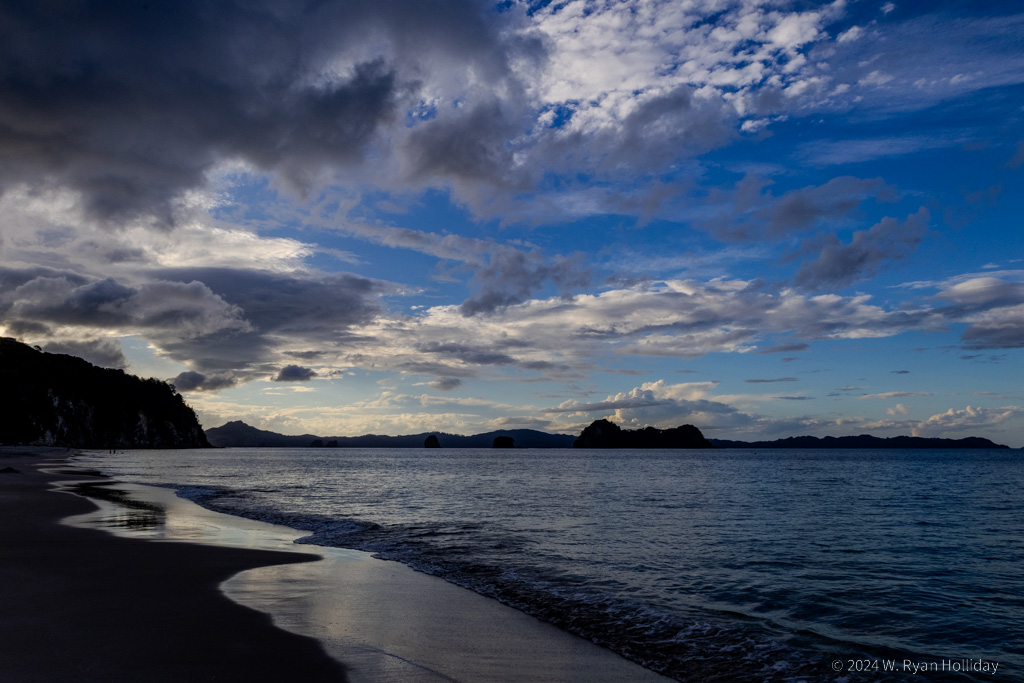Despite having to cover a lot of ground to get from Freycinet to Beauty Point, today we still managed to visit the Bay of Fires, Beauty Point’s Platypus (and Echidna) House, and the vastly underrated Narawntapu National Park. I’m very much enjoying having jet-lagged Audrey waking up at 5:30am with me each day.
Even the Australians make fun of their country for its unoriginal naming – we’ve passed “Freshwater Creek”, “Gravel Beach”, and a myriad of other places with horribly uncreative names. The Bay of Fires seems like it would be an exception, with bright orange lichens on the rocks evoking fires, but it turns out that it’s another example of terrible naming, having been named for the many fires burning in aboriginal settlements when it was first discovered. We paid a short visit, roaming around on the giant, brightly-colored boulders and enjoying the turquoise blue waters. As an added bonus, there was a controlled burn going on, so it was actually on fire while we were there.
From there it was off on curvy mountain roads through rainforest and past pretty farms to Beauty Point, where we had a 3pm tour scheduled at the Platypus House. While we could theoretically see platypus in the wild, they’re hard to find, so we cheated by visiting an educational center to see the weird little beasties. Platypus are one of two creatures in the monotreme family, and they also had the other family member roaming about in a free-range area. Echidnas are a bit like porcupines with long, thin noses, and the three they had were incredibly fired up when we arrived. We entered their living area, were instructed not to touch, and then had three skunk-sized balls of quills charging up to everyone to repeatedly give them a sniff. It was a very fun and unique experience.
Our last stop of the day was at Narawntapu National Park. The road to get there was another sketchy Tasmanian dirt road – at one point as we rattled up a steep hill Audrey asked if there was an Australian equivalent to AAA, but I don’t think we had cell service to be able to call for help at that point anyhow. I had read that our destination was the “Serengeti of Australia”, but having been to the actual Serengeti, and based on the fact that you almost never see this park mentioned when reading about highlights of Tasmania, I didn’t have very high expectations. We arrived at dusk at the park border, didn’t see any animals, but continued on to their visitor center, which was located in the midst of a huge grassy area.
There were literally hundreds of pademelons, wallabies and kangaroos grazing. It was beyond amazing.
We got out of the car, and a nearby wallaby barely even bothered to glance at us. Audrey was taking photos of some animals from ten feet away, and probably could have been closer without disturbing them. Wildlife was everywhere we went, and animals could be seen all the way to the horizon. How this place isn’t on more “best of” Tasmania lists I don’t know, but it really was like the Serengeti, and we’re going to go back in the morning to see all of the macropods one more time and hopefully get photos in better light to do the experience justice.
